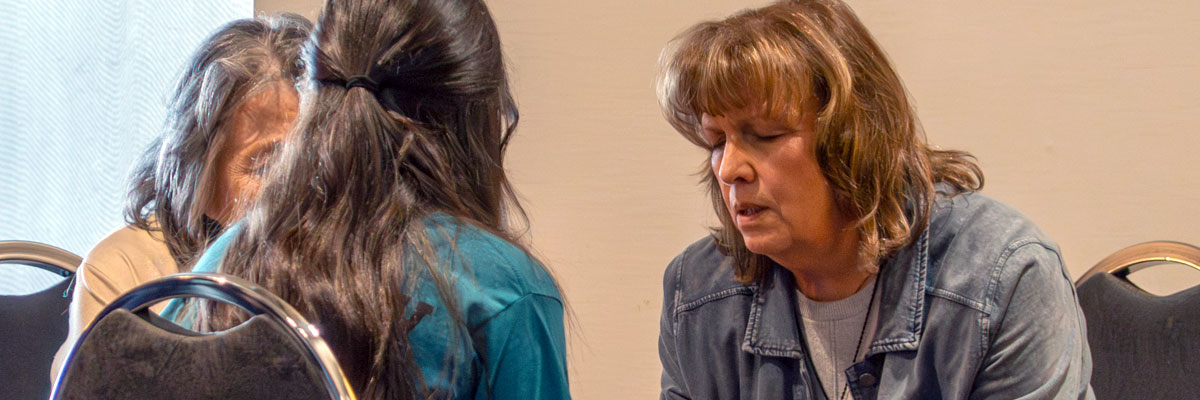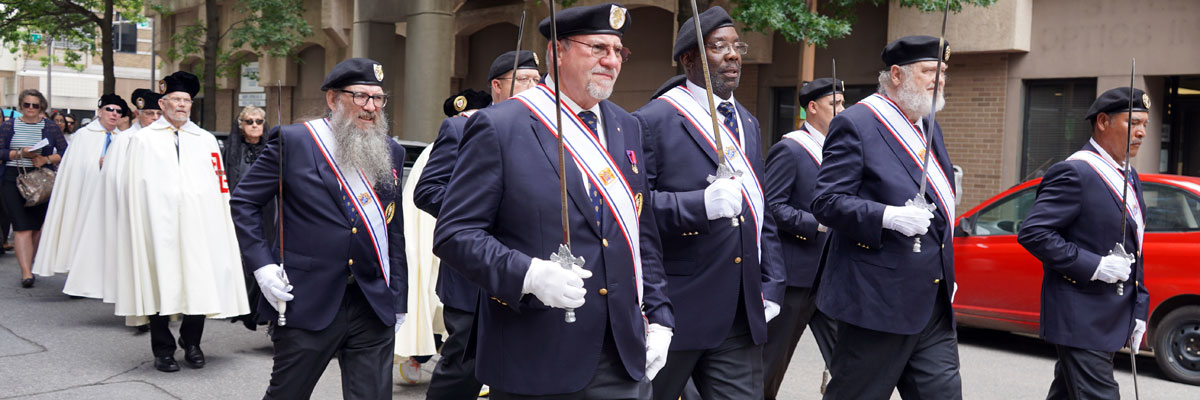Official Website of the
Catholic Diocese of Little Rock
Church’s creeds help faithful stay focused on what really matters
Published: December 4, 2004
By Charles T. Sullivan
Avery wise confessor once gave my mother some excellent advice for facing anxiety or doubt: “Just recite the Apostles’ Creed,” he told her, “and pray daily for the grace to stay focused on those things that really matter. The rest will take care of itself.” With all the distractions of contemporary life, it’s no wonder that many good Catholics occasionally lose sight of the forest for the trees or get bogged-down in peripheral, trivial concerns. Thinking about my own situation, it is amazing how often I find myself tempted to overlook the essentials and instead waste precious time “straining out gnats just to swallow camels!” No one finds faith in a vacuum — we are all part of the body of Christ. We are all united by one Lord, one faith, one baptism. The Church, guided by the Spirit, has throughout the centuries promulgated authoritative, doctrinal creeds as a sign of this unity and communion that must exist if the Church is to remain faithful to her mission and her Lord. “Communion in faith needs a common language of faith, normative for all and uniting all in the same confession of faith.” (“Catechism of the Catholic Church,” 185) The creeds are symbols and summaries of the principal truths of our Catholic Faith; quite literally, they are prayers of belief that serve to keep the holy people of God focused on the “things that really matter.” “We do not believe in formulas, but in those realities they express.” (Catechism, 170) The word “creed” comes from the Latin “credo,” which means “I believe.” The very earliest professions of faith in the Church were simple Christological affirmations: Jesus is the Christ — Jesus is Lord — Jesus is the Son of God. A further development in the life of the Church was the introduction of a trinitarian profession. The first creeds (official prayers of belief) resulted from the merger of these two ancient professions — one Christological and one trinitarian — both of which are firmly based in the New Testament witness of faith. All the early creeds have the same basic structure and share the same perspective. They are marked by the work proper to each of the three persons: creation is assigned to the Father; redemption is accomplished through the Son; and the mystery of our salvation is continually made present and active by the workings of the Holy Spirit. Later creeds, generally necessitated by concrete circumstances, added further refinement in order to maintain and explain the primitive faith. These later additions do not in any way alter or supersede the original core beliefs; rather, they illuminate the fundamental faith by conveying it with greater clarity and precision. Among all the creeds, two occupy a special place in the Church’s life: the Apostles’ Creed and the Nicene Creed. “The Apostles’ Creed is so called because it is rightly considered to be a faithful summary of the apostles’ faith.” (Catechism, 194) “The Nicene Creed draws its great authority from the fact that it stems from the first two ecumenical councils; it remains common to all the great Churches of both East and West to this day.” (Catechism, 195) It is highly significant to note that the truths of the faith as presented in the catechism are themselves arranged according to the hallowed plan of the Apostles’ Creed. “I believe in God …” Charles T. Sullivan, a member of St. Bernard Catholic Church in Bella Vista, has a master’s degree in theology from the University of Dallas.









